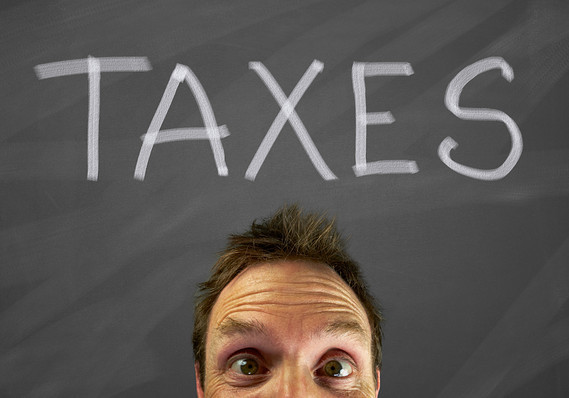Many state governments facing budget crises are still trying outdated, proven-failed policy ideas such as higher taxes and increased government spending, hoping they’ll work this time, somehow. Instead, they should copy tried-and-true ideas for successfully attracting residents and fostering an economic environment in which people can prosper.
For the past 12 years, the Tax Foundation, the nation’s leading independent, nonpartisan tax policy research organization, has published the State Business Tax Climate Index report, a state-by-state, apples-to-apples comparison of tax systems.
Armed with information about how well states’ tax codes are structured, taxpayers and lawmakers can copy successful policies from other states and eliminate those that aren’t working or need updating.
The Tax Climate Index has five categories. Components with more variation are weighted more heavily than those with less variation, because there is more room for tax competition and differentiation among states in those sectors. States’ income tax structures, for example, had the most variation, meaning people and businesses are most likely to make decisions between locations using that variable, because that policy has the greatest chance of making an economic difference for them.
On the other hand, categories with little variation between states, such as unemployment insurance tax codes, mean people are less likely to make decisions with that in mind, because the differences are small.
The researchers – Jared Walczak, Scott Drenkard, and Joseph Henchman – found most states spent 2014 reforming their tax codes to be more economically neutral. States with high tax rates perform poorly in the long run, as taxpayers and businesses look elsewhere for greener pastures, the study showed. More and more states are learning this lesson.
“It is important to remember that even in our global economy, states’ stiffest and most direct competition often comes from other states,” the researchers write. “The Department of Labor reports that most mass job relocations are from one U.S. state to another rather than to a foreign location. … This means that state lawmakers must be aware of how their states’ business climates match up to their immediate neighbors and to other states within their regions.”
Unfortunately, a disproportionate number of people live in economically abusive jurisdictions. High-population states such as California, New York, New Jersey, and Ohio scored the worst on the Tax Foundation’s rankings, because their complex tax systems are stuffed chockfull of biased taxes and high tax rates. For example, New Jersey’s economy is suppressed by some of the highest property tax rates in the nation, making it unreasonably expensive to live and work in the Garden State.
As some states sink, weighed down by outdated policies, others rise to the top by innovating. Arizona lawmakers, for example, are phasing in a corporate income tax cut over a three-year period, improving the state’s Tax Climate Index ranking in that category. As lawmakers continue to improve the state’s tax climate, more businesses will relocate or expand there. In turn, more people will move to Arizona to live, work, and pay taxes there, creating a positive feedback loop where improvements lead to more benefits for everyone.
By reducing tax burdens and making the tax code more fair and balanced, lawmakers can encourage businesses and residents to come to live and work in their states, bringing their capital and tax revenue with them.


